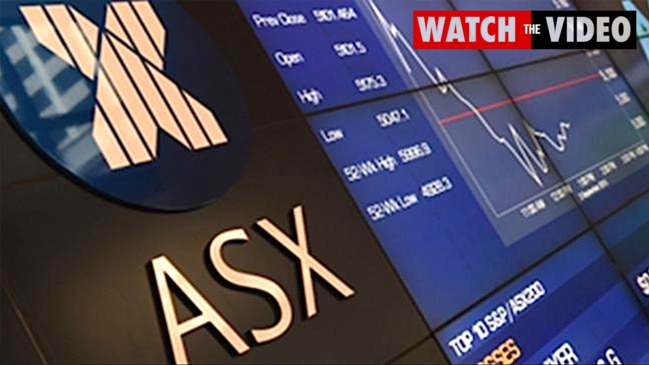
Accordingly, they are hiring people at record rates and almost certainly will be backing their investment in staff with increased stock orders, where appropriate, and other outlays.
Many believe the large numbers of Australians without major mortgages will drive demand.
At the same time, workers with their backs to the cost of living wall are taking on second jobs at an amazing rate. A major contributor to this new pattern of work is the so-called “gig” economy, which is not only filling staff shortages but increasing productivity.
But it also means that it may require much higher interest rates to bring on the downturn required to reduce inflation. And so in a bizarre way the increase in casual labour is a long term threat to the sharemarket, which is closely linked to interest rates.
On the other side, the full impact of all the recent Reserve Bank interest rate rises on actual mortgage payments will not be experienced by home borrowers until December or January, which leads the Commonwealth Bank to predict that the downturn they are expecting will not take place until either Christmas or early in 2023.
Over at the RBA’S Martin Place bunker, they have seen in the US how it takes considerable interest rate rises to curb underlying business optimism and the business belief that cost rises can be passed on.
As a result, the bond markets in both the US and Australia are betting on much higher official interest rates which, in Australia, the Commonwealth Bank predicts would cause a hard landing for the economy. Similar predictions are made in the US.
The fact that enterprises are implementing optimistic strategies and hiring staff will make any major downturn a nasty experience in the business community. But the impact would be cushioned by the staff reduction flexibility created by the sharp rise in the use of casual labour and the gig economy.
The new ALP government is looking to make the gig economy harder to operate and is considering requiring superannuation and leave benefits. But second job hunting Australians don’t want any of that. They need to maximise the dollars that go into their pocket to pay the mortgage and put food in the table.
I am grateful to the research of Indeed economist Callam Pickering in highlighting this remarkable new development in the Australian workforce.
A record 900,000 Australians have multiple jobs – 6.5 per cent of all people with a job. The job level is a different measure to employment because a person can hold multiple jobs but can only be counted as employed once.
The number of filled jobs across Australia rose by 2.2 per cent in the June quarter – an increase of 322,000 jobs – with the overall number of filled jobs increasing by 5.3 per cent since the pandemic began.
And as interest rates and the cost of living keep rising, so the demands of many lower-income households for second jobs will continue to rise.
Multiple job holders are most common in arts and recreation (8.9 per cent of employment in the sector), administrative assistance (8.5 per cent), agriculture (8.4 per cent) and accommodation & food services (7.6 per cent).
These are remarkable figures with long-term implications for the structure of society.






Unlike the sharemarket and many economists, large sectors of the Australian business community are investing heavily in their belief that there will be no significant downturn.